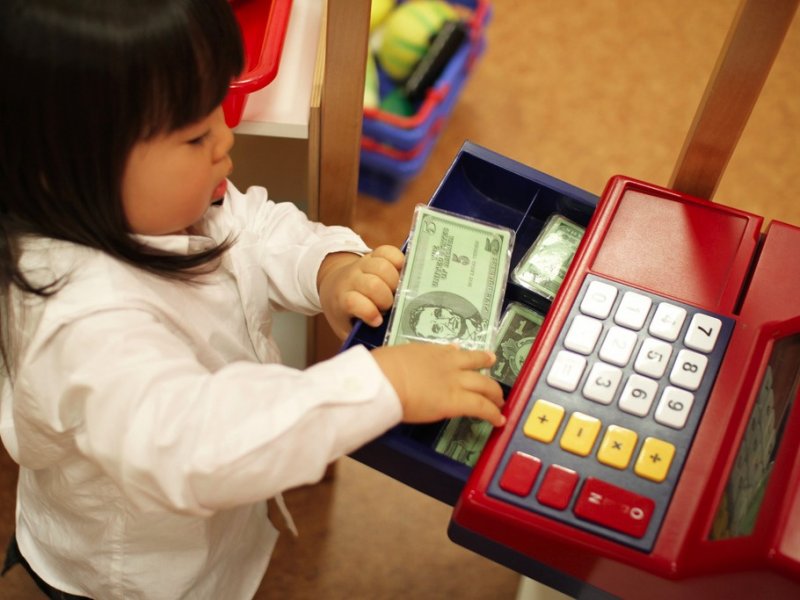Personal income and spending rose more than expected in February.
The release from the Commerce Department showed that they both increased 0.5%.
Economists had forecast that they rose 0.1%. They were revised lower for January, from 0.5% for both to 0.1% and 0% respectively.
The release also included personal consumption expenditures (PCE), a gauge of individual spending and Federal Reserve chair Janet Yellen's preferred way to track inflation.
Core PCE, which excludes volatile food and energy costs, rose 0.1% month-on-month, and 1.7% year-over-year.
Core PCE was expected to rise 0.2% month-on-month, and 1.8% year-over-year. The Fed has a 2% inflation target.
The PCE deflator, which measures the average change in prices of all domestically consumed items, fell 0.1% in February. Compared to the prior year, it was up 1%. Both matched forecasts.
"All in all, this report revealed a higher savings rate (5.4%), less consumption, and weaker pricing than we and consensus were looking for," wrote BNP Paribas (PA:BNPP)' Laura Rosner in a client note. "After a weak Q4, the lack of momentum in domestic spending should raise questions for policymakers and supports our forecast for the Fed to do nothing in April and June."
